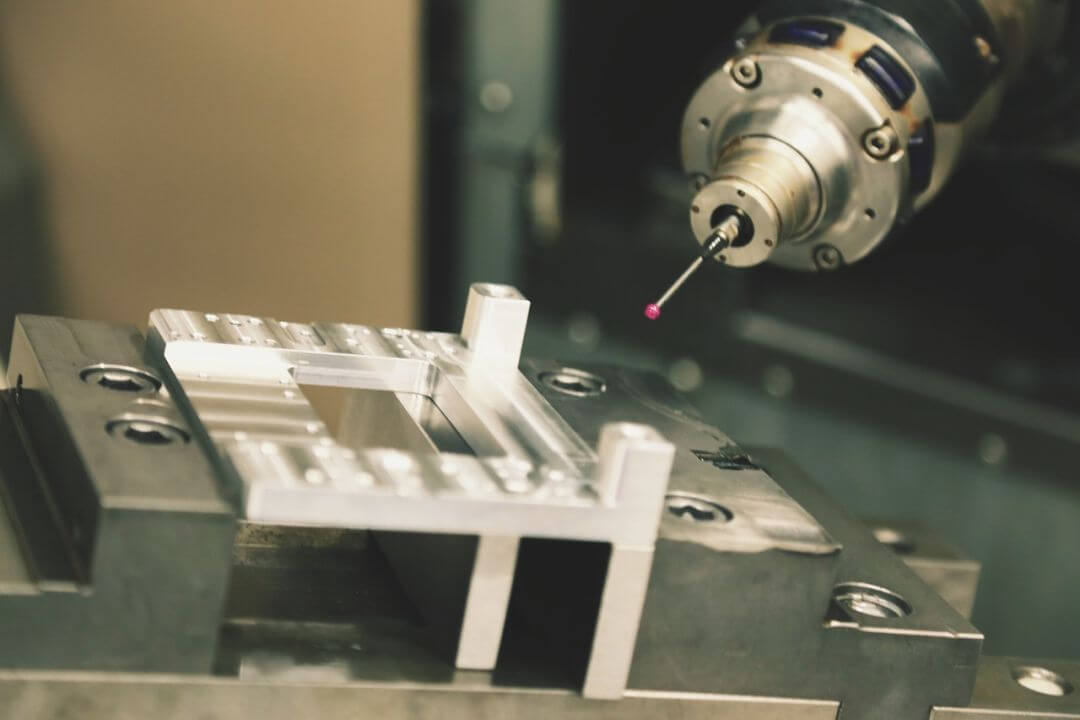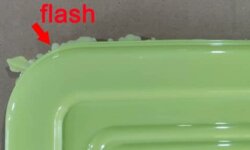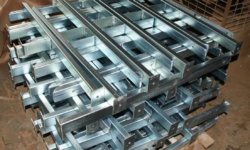With an abundance of manufacturing technologies making the rounds these days, there are so many to choose from. While all of them have their unique niches and those specifics areas where they excel above others, CNC machining is proving to be the most popular industrial option among the pack. Here are just some of the reasons why CNC machining is so crucial for the modern manufacturing industry.
Industry Impact
Numerical Control Machines, the predecessor to CNC, have been around since the 40’s. With the addition of CNC automation in the 70’s, manufacturers were able to further improve on existing technologies and push the envelope for production chains across the globe. This enabled computer precision and design to be integrated into the workshop and factory floor for higher quality goods at better cost efficiencies.
Soon the technology was abundant in just about every industry. While the United States CNC industry was trying to provide machinery and programs to the aerospace field, countries like Germany and Japan were making designs that were selling rapidly in lower end sectors. Since then, the prices of machines have gone down while their capabilities have increased. Now manufacturing plants and shops can produce mass quantities of goods with only one operator manning several machines, and boost their ability to create more complex designs.
The overall CNC machining market is expected to reach USD 100.86 billion by 2025, CAGR of 7.0% from 2019 to 2025. It’s important to note that earlier estimates from 2014 predicted 5.5% during the forecast period 2016 – 2022, far lower than the reality as these years came to pass. The rise in CAGR is attributed to the need for intricate solid parts with defined finishes. Increased operational efficiency among producers of various goods is the main driver.
Benefits of CNC Automation
One of the main advantages that CNC brings in over its competitors such as additive manufacturing is Speed. While companies are looking to alternatives, there is really no better way to produce high-speed runs of products. Needless to say, machining allows for a level of cutting, milling, or drilling that no human being can manage, but it also brings in the ability to quickly prototype or make rapid adjustments to work-pieces. These possibilities can severely boost the efficiency and productivity of one’s manufacturing process.
CNC machining also brings inefficient production at reasonable, efficient Volumes when compared to 3D printing or manual production. While high-volume production methods like injection molding can outdo CNC machines in terms of sheer number of parts, these methods can be costly in producing molds and not all companies may operate at volumes that high, making them a less interesting prospect. This is especially true as molds need to be replaced and injection molding doesn’t offer the ability to make changes to the object quite as easily as altering a 3D model.
Other methods also often don’t have the level of Consistency that CNC machining allows for. CNC machines can repeatedly create an object with little to no difference in quality. Repeatability has been a major concern for modern manufacturing technologies for quite some time and yet no other technology is capable of replicating the success that CNC machines have had in this department.
This level of consistency and efficiency is further boosted by Automated Precision. CNC machines, by virtue of computerized accuracy, are capable of high degrees of precision, making perfect cuts as they go along. They can also be very good at reducing waste from each workpiece. This material waste reduction decreases the overall cost of production for workshops and can add a lot of savings. Additionally, due to the automation element, they can reduce labor costs and chances of human error all while working around the clock. Another advantage they bring to the table is the simplicity of use, requiring a relatively low level of skill to use.
CNC machines also bring in a fair level of Versatility. Depending on the type and quality of CNC device, shops and machinists can essentially get several machines for the price of a single one. As a result, there is little need for buying separate devices such as saws and drills. There are also CNC plasma cutters, CNC mills, CNC lathes and electronic discharging machines. A good, properly equipped machine can operate on several materials such as wood, glass, hot-wire foam and more.
Th Intricacy and Complexity of parts is another major draw that CNC machines have up their sleeves. They can carve some very complex shapes that often leave their competitors in the dust. As of yet, very few technologies have the ability to precisely and consistently copy a digital file in the way they do. CNC machines can follow any programmed instruction down to the most minute details. This allows manufacturers to create products with much more precise designs than manual devices or older forms of automation could achieve.
Even aside from their abilities to improve the production process, CNC machines are safer to use for workers and come with far fewer supervisory requirements. They are also ideal for working toxic or extremely high temperature materials.
Future Prospects
CNC machines are not done evolving yet. There are a number of future developments that may further boost their abilities on the shop floor. As time has shown, the industry has been developing rapidly in terms of variety of uses it is finding. Merely a decade ago, CNC machines were predominantly used by large-scale manufacturers and factories on massive industrial projects. Now as the scale is reducing, the general public and smaller shops can access all of the advantages powerful CNC machines have to offer. This has given the technology a wider appeal that is only growing.
The technology is also poised to become cheaper, as has been the trajectory for the past few years. Aside from this, the devices are becoming more mobile and are increasingly able to interact with numerous other smaller devices on separate tasks.
Trends also indicate increasing connectivity with the Internet, not only in CNC machines but also other manufacturing technologies. In a nutshell, expect to see greater connectivity between CNC machines that do more and do it faster, and rely less on human operators. And look for dealers to devise innovative support services and offer an expert level of guidance to manufacturers so their CNC machine buying and selling experience is seamless and uncomplicated.
Hybrid CNC-3D Printing machines are also making their way into various industry applications. Though the growth of such machines has been slow, they may show promise in the future, providing a simple, one-size fits all type of manufacturing solution. They can potentially restore material or create shapes that the CNC could not manage alone. Combining additive and subtractive methods can have massive advantages. It may find a more prominent niche in the world of manufacturing, if the price decreases and more prominent industrial leaders begin using this exciting, new technology.
Researchers are also looking to further automate the processes around the CNC machines can’t handle on their own. Presently, there is a focus on finding ways to integrate CNC machines with robots used for moving, packing and finishing goods. This will further reduce waste, save time and decrease labor costs. If such systems come to fruition, a single control panel may one day be enough to direct an entire manufacturing operation.
As with 3D printing, CNC machining is also seeing new potential technologies that improve the design and 3D modelling side of things. There are also potential uses of VR and AR to let the operator teach the machine tool the movement trajectory, saving the individual motion sequences in a machining program. This can allow for some more control over the process if a very specific tool path is required.









